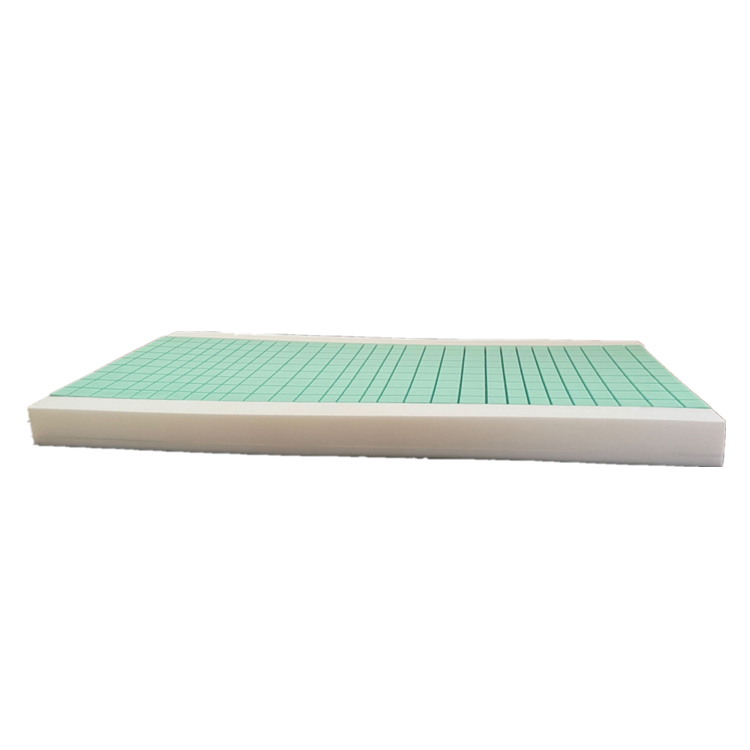Optimal Strategies for Effective Pressure Ulcer Management and Prevention Techniques
Best Practices in Pressure Injury Care
Pressure injuries, also known as pressure ulcers or bedsores, are localized damage to the skin and underlying tissue that occur due to prolonged pressure, usually over bony areas. These injuries are a significant concern in healthcare settings, particularly for individuals with limited mobility or those who are bedridden. Ensuring the best care for pressure injuries involves a multifaceted approach that prioritizes prevention, timely intervention, and comprehensive management.
Prevention is Key
The first step in effective pressure injury care is prevention. This can be achieved through regular assessment and risk identification using tools like the Braden Scale, which evaluates sensory perception, moisture, activity, mobility, nutrition, and friction/shear. Individuals identified as high-risk should be placed on a regular repositioning schedule, ideally every two hours, to relieve pressure on vulnerable areas.
In addition, employing specialized mattresses and cushions that redistribute pressure can significantly reduce the incidence of pressure injuries. These support surfaces, including air-filled or foam mattresses, help alleviate pressure by increasing blood flow to the affected areas, promoting better circulation and skin integrity.
Skin Care and Nutrition
Maintaining skin integrity is another crucial aspect of pressure injury care. Regular inspection of the skin, particularly over bony prominences, can help detect early signs of pressure injuries, such as redness or discoloration. Additionally, keeping the skin clean, dry, and moisturized can prevent breakdown. Products that contain barrier creams can also protect against moisture-related injuries.
Nutrition plays a vital role in skin health and the healing process. A well-balanced diet rich in protein, vitamins, and minerals is essential. Nutritional assessments should be a routine part of pressure injury care, and any deficiencies should be addressed promptly. Collaboration with a dietitian can help create tailored nutritional plans aimed at improving overall health and supporting skin integrity.
best pressure injury care

Wound Management
For individuals who already have pressure injuries, prompt and appropriate wound management is critical. The treatment approach may involve cleansing the wound, debridement of necrotic tissue, and using suitable dressings that promote a moist healing environment. Regular monitoring of the wound is essential to assess healing progression and make necessary adjustments to the treatment plan.
In more severe cases, advanced therapies, such as negative pressure wound therapy or the use of bioengineered tissue, may be warranted. It is essential to have a skilled multidisciplinary team, including nurses, physicians, dietitians, and wound care specialists, to provide comprehensive care.
Education and Training
Finally, education and training for both healthcare providers and patients are vital in pressure injury care. Staff should be well-trained in the identification and management of pressure injuries, while patients and their families should be educated on prevention strategies and signs of pressure injuries. Empowering patients through knowledge can help them actively participate in their care, leading to better outcomes.
Conclusion
In summary, providing the best care for pressure injuries requires a proactive and systematic approach. By emphasizing prevention, effective skin care, proper wound management, and ongoing education, healthcare professionals can significantly reduce the incidence and impact of pressure injuries, ultimately enhancing the quality of care and patient outcomes.
-
Mattresses Designed for Back Pain ReliefNewsAug.08,2025
-
Innovative Wave Mattresses for Ultimate ComfortNewsAug.08,2025
-
High-Quality Mattresses for Hospital BedsNewsAug.08,2025
-
High-Quality Mattresses for Every NeedNewsAug.08,2025
-
Healthcare Foam Mattress: Sleep Better, Heal FasterNewsAug.08,2025
-
Cube Mattress for Daily ComfortNewsAug.08,2025
-
How Hospital Mattress Choices Directly Impact Patient Comfort and CareNewsAug.05,2025

